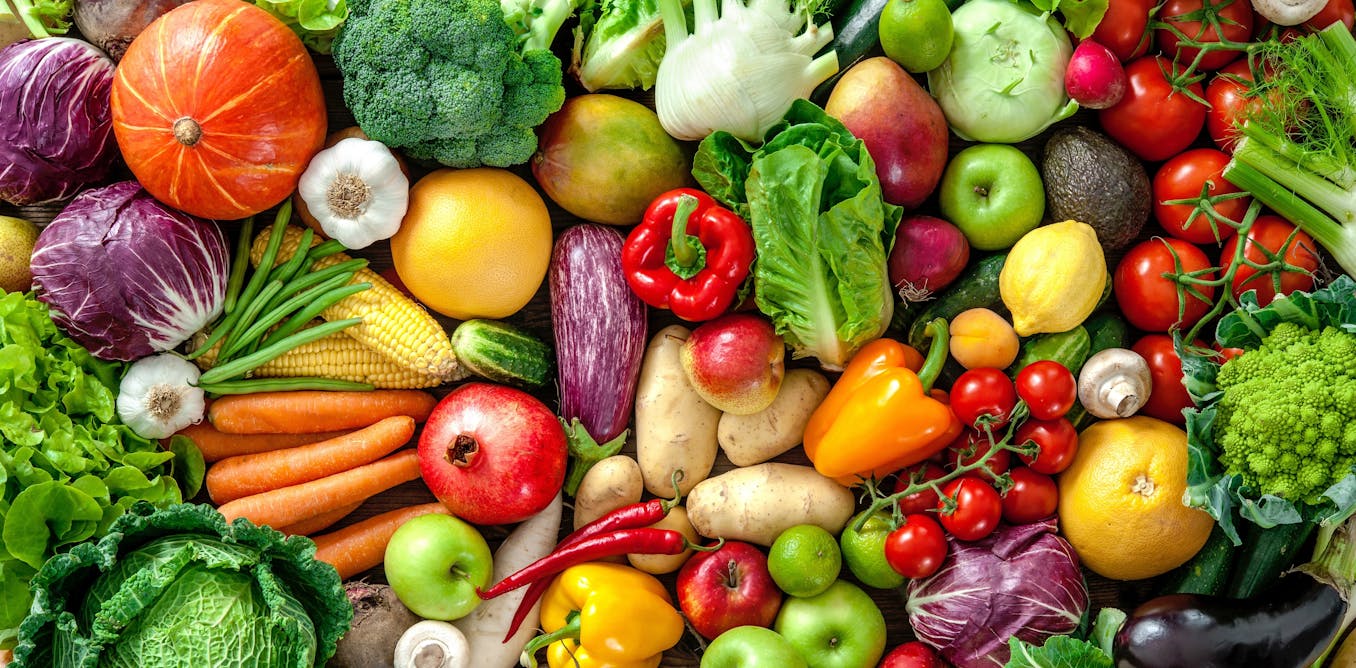Across the world, over 800 million people spend their days hungry. More than 2 billion have limited access to food. Yet today’s global food system produces enough to feed every person on the planet.
To account for these trends, we need to look at market concentration, and how a small number of very big companies have come to dominate the production and supply of the food we all eat.
For the global food system has become much more concentrated in recent years, partly through an increase in mergers and acquisitions, where large firms buy up rival companies until they completely dominate key areas.
High levels of market concentration mean less transparency, weaker competition, and more power in the hands of fewer firms. And our research reveals that a rise in the number of mergers and acquisitions is taking place at all stages of the global food system – from seeds and fertilisers to machinery and manufacturing.
This is all part of food being increasingly seen as a source not only of human sustenance, but as a profitable investment – or what is known as the “financialisation of food”.
And while people have been buying and selling food for a very long time, the global system has seen a major incursion of big finance in recent decades. Pension funds, private equity and asset management firms have invested heavily in the sector.


